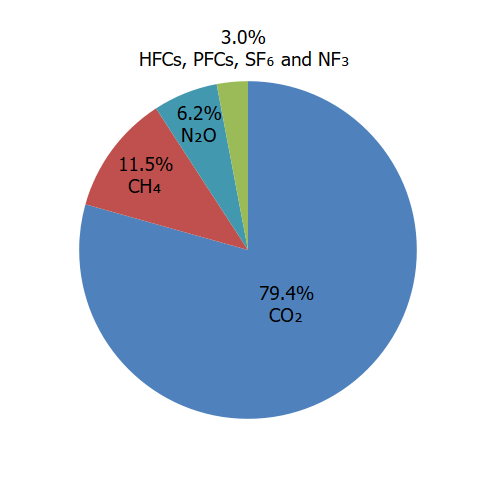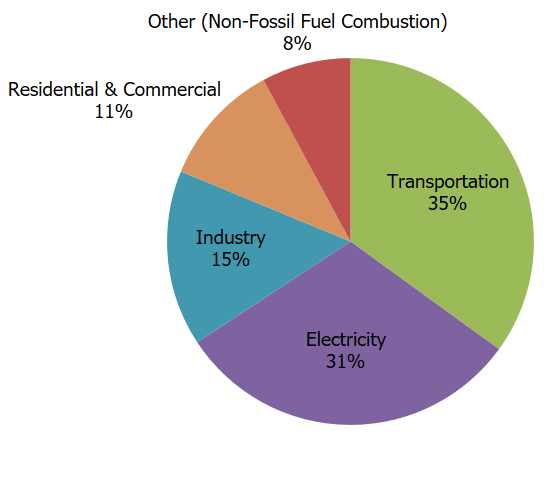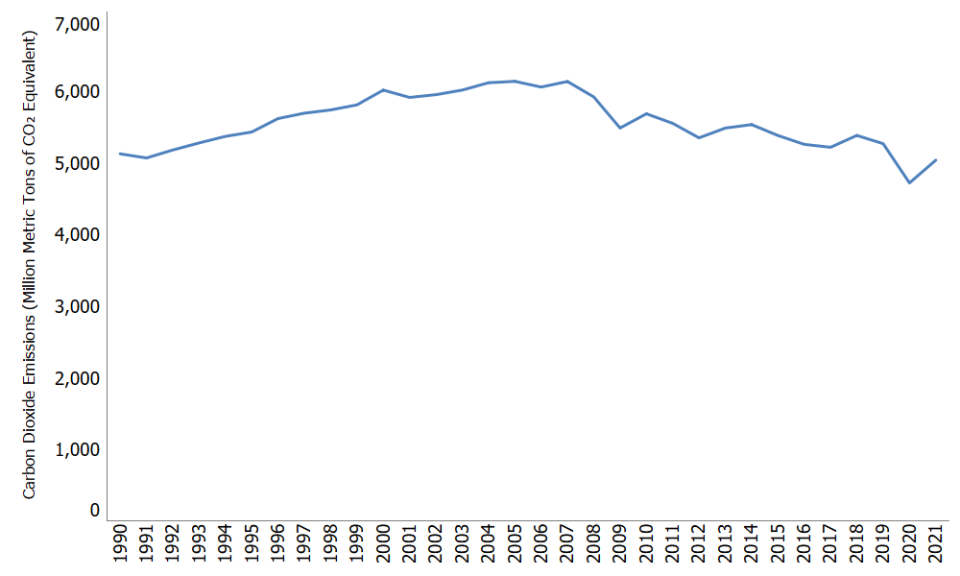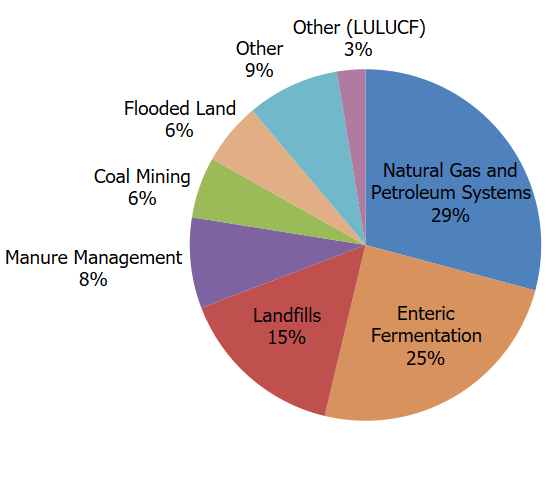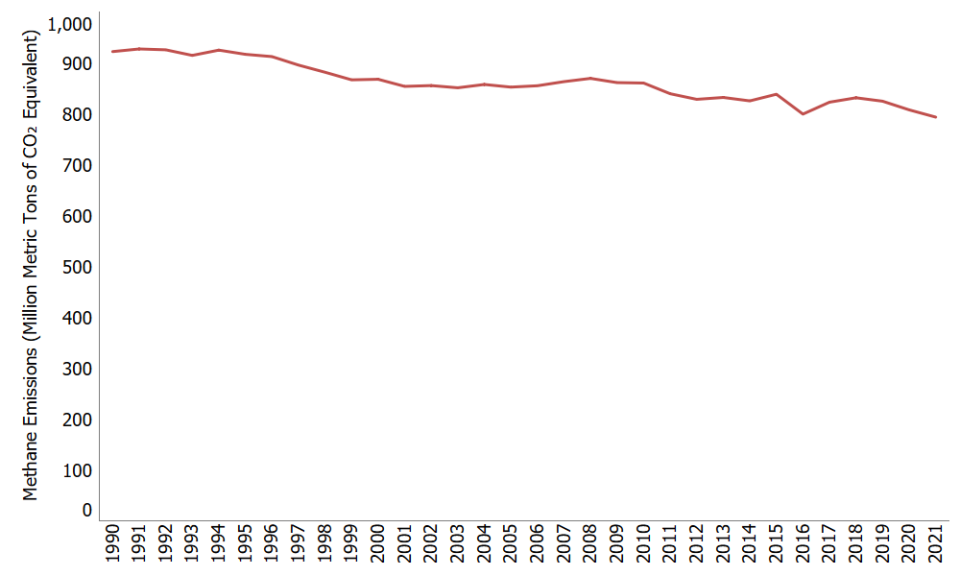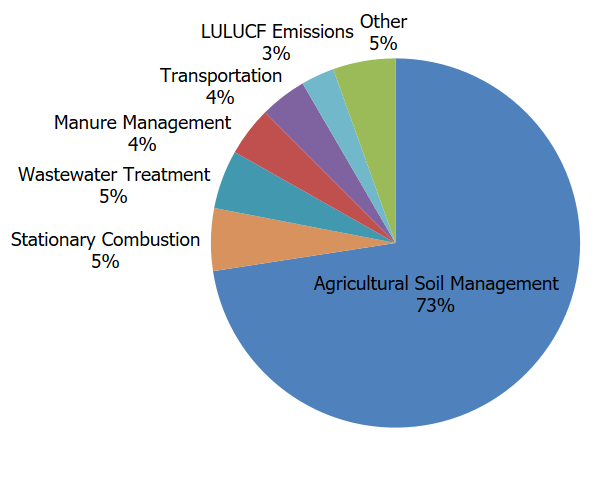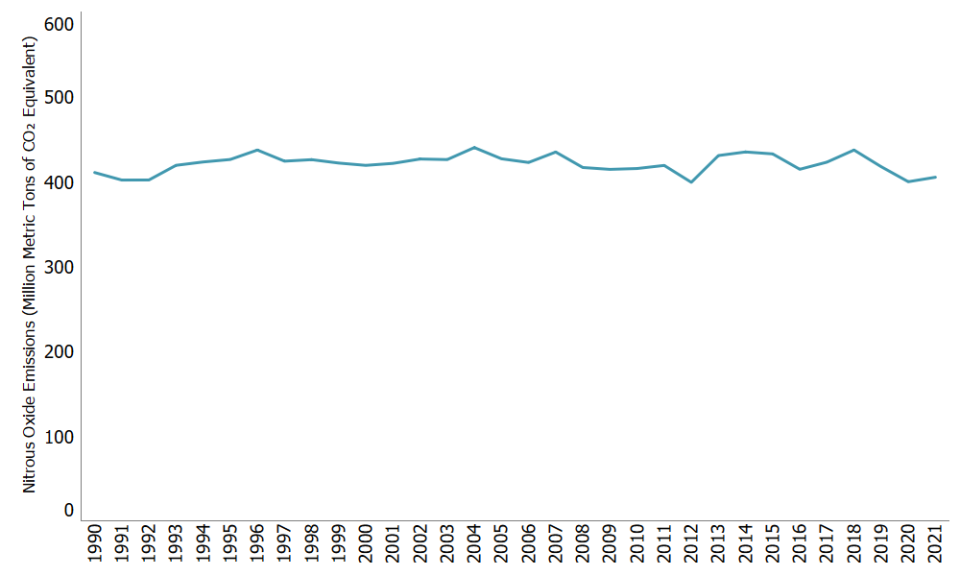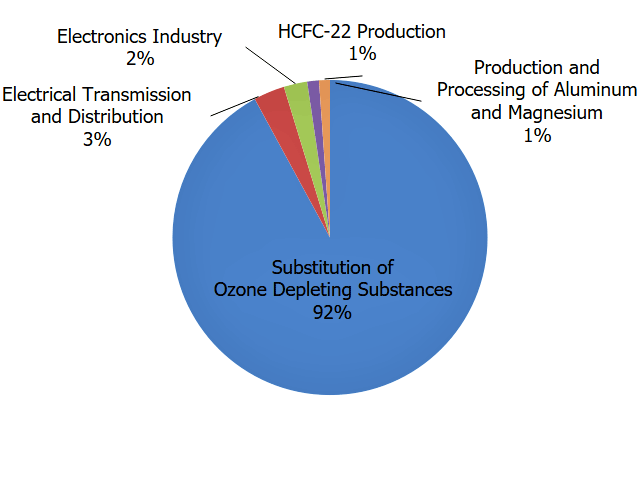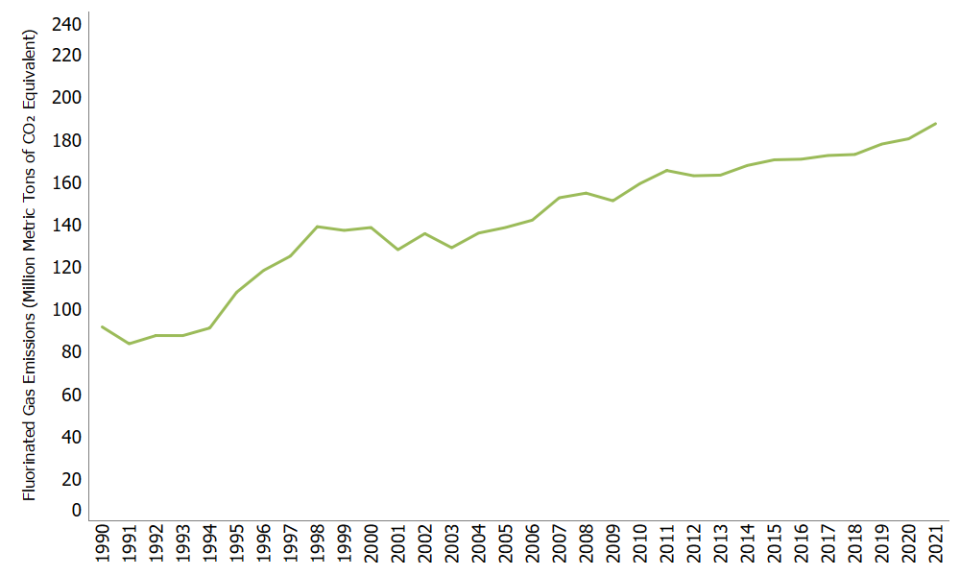Link: China's smaller cities face yearslong housing glut as sales languish - Nikkei Asia
TÀI SẢN
Các thành phố nhỏ của Trung Quốc phải đối mặt với tình trạng dư thừa nhà ở kéo dài nhiều năm khi doanh số bán hàng suy giảm
Country Garden, Evergrande trả tiền cho việc mở rộng mạnh mẽ trong khu vực
PROPERTY
China's smaller cities face yearslong housing glut as sales languish
Country Garden, Evergrande pay for aggressive regional expansion
Phòng trưng bày Country Garden Holdings ở Thiều Quan vắng khách trong kỳ nghỉ Tết Nguyên đán. (Ảnh của Takashi Kawakami)
A Country Garden Holdings showroom in Shaoguan was short on customers during the Lunar New Year holiday. (Photo by Takashi Kawakami)
TAKASHI KAWAKAMI, biên tập viên Nikkei
Ngày 20 tháng 2 năm 2024 02:05 Giờ Nhật
川上 高師, Nikkei staff writer
February 20, 2024 02:05 JST
QUẢNG CHÂU - Các thành phố nhỏ hơn trong khu vực đang phải đối mặt với những tác động tồi tệ nhất của cuộc khủng hoảng thị trường nhà ở Trung Quốc, vì lượng hàng tồn kho dư thừa trong nhiều năm đè nặng lên các nhà phát triển tư nhân tập trung vào các khu vực đó.
GUANGZHOU -- Smaller regional cities are dealing with the worst effects of China's housing market woes, as years' worth of excess inventory weighs heavily on the private developers that have focused on those areas.
Một trong những thị trường khó tính nhất là Thiều Quan, một thành phố nội địa thuộc tỉnh Quảng Đông với dân số hơn 2,8 triệu người.
Among the toughest markets is Shaoguan, an inland city in Guangdong province with a population of over 2.8 million.
Một showroom của Country Garden Holdings ở đó gần đây đã cố gắng thu hút người dân về quê ăn Tết. Một nhân viên nhiệt tình mô tả các chương trình khuyến mãi được cung cấp, chẳng hạn như chỗ đậu xe miễn phí khi ký hợp đồng ngay tại chỗ và giảm giá 150.000 nhân dân tệ (20.800 USD) giúp giảm giá một chiếc xuống còn 850.000 nhân dân tệ. Nhưng khách hàng thì rất ít.
A Country Garden Holdings showroom there recently tried to attract people returning to their hometown for Lunar New Year. A staffer enthusiastically described the promotions on offer, such as free parking for signing a contract on the spot and a 150,000 yuan ($20,800) discount that cut the price of one unit to 850,000 yuan. But customers were few and far between.
Thiều Quan cách thủ phủ Quảng Châu của tỉnh khoảng 200 km về phía bắc - một chuyến đi kéo dài một giờ thậm chí bằng đường sắt cao tốc. Ngược lại với các thành phố ven biển phát triển cao như Quảng Châu và Thâm Quyến, nó có rất ít ngành công nghiệp đáng chú ý.
Shaoguan is about 200 kilometers north of the provincial capital of Guangzhou -- an hourlong trip even by high-speed rail. In contrast to highly developed coastal cities like Guangzhou and Shenzhen, it has little notable industry.
Tuy nhiên, hàng chục chung cư cao tầng từ các chủ đầu tư như Country Garden, China Evergrande và Poly Developments and Holdings vẫn mọc lên xung quanh ga đường sắt cao tốc ở trung tâm thành phố.
Yet dozens of high-rise condominiums from developers like Country Garden, China Evergrande and Poly Developments and Holdings have proliferated around the high-speed rail station in the city center.
Vào cuối năm 2023, Thiều Quan có thời gian giải quyết tồn kho lâu nhất – nguồn cung nhà ở theo khu vực, chia cho tổng diện tích các căn hộ đã ký hợp đồng gần đây – trong số 100 thành phố được Viện Nghiên cứu và Phát triển Trung Quốc E-House khảo sát, ở mức 131 tháng. Điều đó có nghĩa là phải mất hơn 10 năm để bán hết số hàng tồn kho.
At the end of 2023, Shaoguan had the longest inventory clearing time -- housing stock by area, divided by the total area of recently contracted units -- out of 100 cities examined by think tank E-House China Research and Development Institute, at 131 months. That means it would take more than 10 years to sell off all of the available stock.
“Họ đã xây quá nhiều nhà ở”, một cư dân lâu năm ở Thiều Quan nói. "Không có ai mua nó."
"They've built too much housing," a longtime Shaoguan resident said. "There's no one to buy it."
Các thành phố nhỏ như Thiều Quan đang tràn ngập nhà ở dư thừa.
Small cities like Shaoguan are awash in excess housing.
E-House đặt thời gian dọn dẹp trung bình cho 100 thành phố mà nó phân tích là khoảng 22 tháng, dài hơn nhiều so với mức 12 đến 14 tháng thường được coi là phù hợp. Thời gian trung bình của các thành phố cấp ba và cấp bốn thậm chí còn dài hơn, khoảng 30 tháng.
E-House put the average clearing time for the 100 cities it analyzed around 22 months, much longer than the 12 to 14 months typically seen as appropriate. The average for third- and fourth-tier cities was even longer, around 30 months.
Đối với các thành phố hạng nhất như Bắc Kinh, Thượng Hải và Thâm Quyến, thời gian trung bình chỉ là 17 tháng. Mặc dù đây vẫn chưa phải là một con số khả quan nhưng những người theo dõi thị trường hy vọng nó cho thấy điều tồi tệ nhất đã qua.
For first-tier cities such as Beijing, Shanghai and Shenzhen, the average came to just 17 months. Though this is still not a strong figure, market watchers hope it suggests that the worst has passed.
Nam Thâm Quyến, trung tâm của các công ty công nghệ như Tencent Holdings, có nhiều căn hộ với giá lên tới 100.000 nhân dân tệ mỗi mét vuông. Những bất động sản có giá trị tương đương hàng triệu đô la đôi khi được bán hết ngay lập tức. Mặc dù những thứ này nằm ngoài tầm với của những người lao động bình thường nhưng chúng được cho là sẽ thu hút những người mua giàu có đang tìm kiếm tài sản ở một vị trí tốt.
Southern Shenzhen, a hub for tech companies like Tencent Holdings, has many condos with prices topping 100,000 yuan per square meter. Properties with units priced at the equivalent of millions of dollars sometimes sell out right away. Though these are out of reach for normal workers, they are believed to attract wealthy buyers seeking assets in a good location.
Khoảng cách này đã gây khó khăn cho việc bán hàng của các công ty bất động sản tư nhân lớn đang mở rộng mạnh mẽ ở các thành phố nhỏ.
The gap has spelled trouble for the sales of big private real estate companies that expanded aggressively in small cities.
Country Garden, nhà phát triển bất động sản hàng đầu Trung Quốc theo hợp đồng bán hàng vào năm 2022, đã giảm xuống vị trí thứ sáu vào năm 2023 khi doanh số bán hàng của họ giảm một nửa, theo báo cáo của Trung tâm Nghiên cứu CRIC. Evergrande, từng cạnh tranh vị trí dẫn đầu vài năm trước, đã tụt xuống vị trí thứ 24 vào năm ngoái. Country Garden cho rằng việc họ không đánh giá đầy đủ nguy cơ đầu tư quá mức vào các thành phố nhỏ là một yếu tố dẫn đến sự sụt giảm.
Country Garden, China's top developer by contracted sales in 2022, dropped to sixth in 2023 as its sales plunged by half, CRIC Research Center reports. Evergrande, which had vied for the top spot a few years ago, tumbled to 24th last year. Country Garden cited its failure to fully appreciate the risk of overinvestment in small cities as a factor in the slump.
Trong khi đó, một số công ty nhà nước thực sự đã tăng doanh số bán hàng trong năm ngoái, chẳng hạn như China Oversea Land & Investment và C&D Real Estate, cả hai đều tập trung vào các thành phố hạng nhất và hạng hai. Những nhà phát triển này được hưởng lợi từ niềm tin thị trường cao hơn nhờ vị thế do nhà nước điều hành.
Meanwhile, some state-owned players actually increased sales last year, such as China Overseas Land & Investment and C&D Real Estate, which both focus on first- and second-tier cities. These developers benefit from higher market confidence due to their state-run status.
Với tình trạng dư thừa hàng tồn kho và nền kinh tế vẫn còn yếu kém, thị trường nhà ở Trung Quốc nói chung dự kiến sẽ tiếp tục suy thoái trong năm nay. Doanh số bán nhà mới xây theo khu vực đã giảm năm thứ hai liên tiếp vào năm 2023 và nhiều công ty nghiên cứu nhận thấy sẽ còn giảm nữa vào năm 2024.
With little progress on the inventory glut and the economy still weak, China's housing market as a whole is expected to remain in a slump this year. Sales of newly built homes fell by area for a second straight year in 2023, and many research firms see another drop in 2024.
Nếu điều này tiếp tục, các công ty như Country Garden và Evergrande có thể gặp khó khăn để đứng vững trở lại và nỗi đau có thể lan sang các nhà phát triển tư nhân khác.
If this continues, companies like Country Garden and Evergrande could struggle to get back on their feet, and the pain may spread to other private developers.

